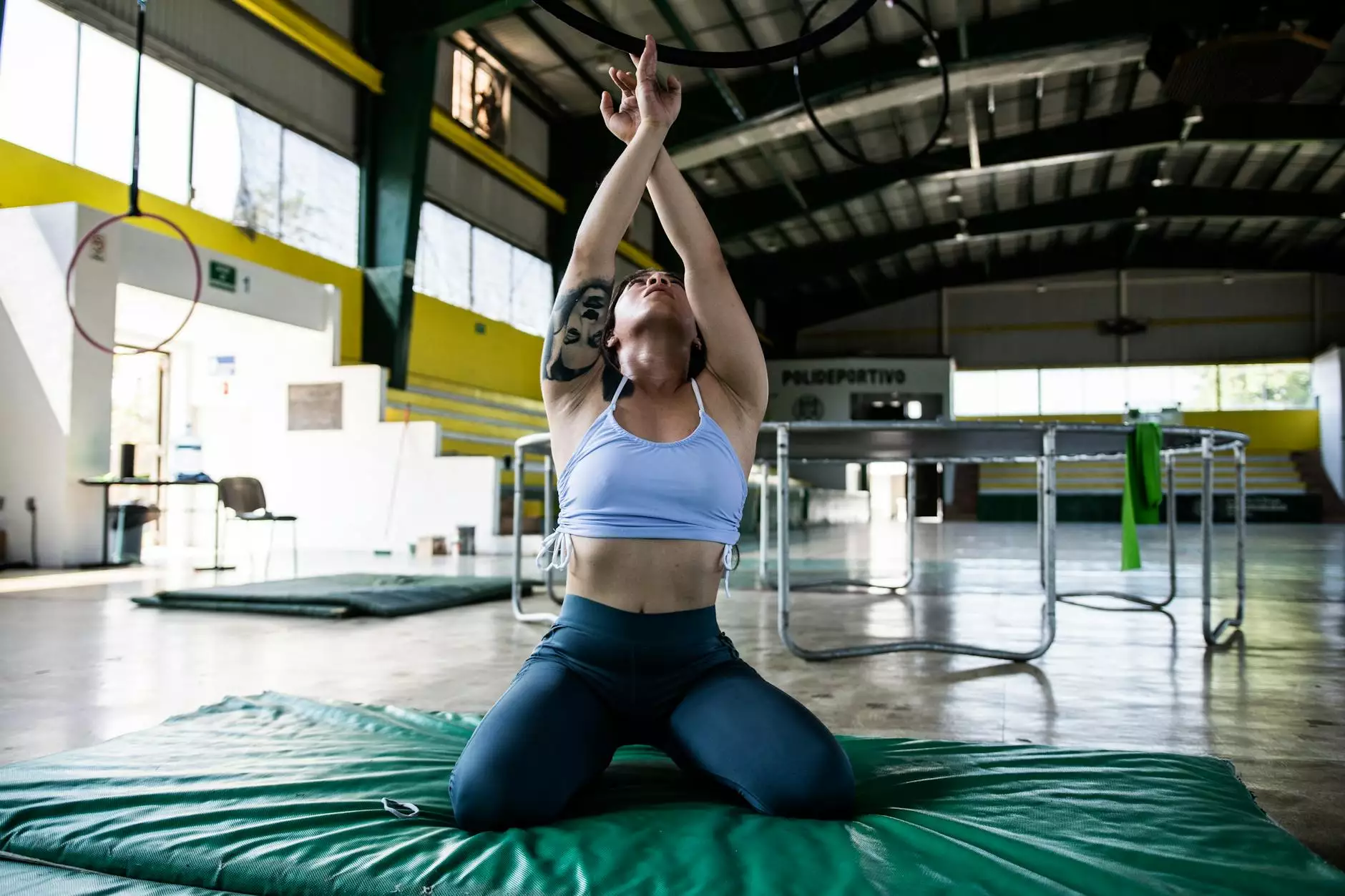Understanding Blood Clots in Legs: Causes, Symptoms, and Treatment

Blood clots in the legs can be a serious health concern, affecting individuals of all ages. In this comprehensive article, we will delve into the intricacies of blood clots in legs, shedding light on their causes, symptoms, treatment options, and prevention strategies. Understanding this condition is crucial for maintaining one’s vascular health and wellbeing.
What Are Blood Clots?
Blood clots are masses that consist of blood cells, platelets, and fibrin (a protein that helps blood clot). They form in the veins and can effectively stop bleeding when there is an injury. However, when clots form without any apparent cause, they can lead to health complications such as deep vein thrombosis (DVT) and pulmonary embolism (PE).
The Types of Blood Clots
- Thrombus: A clot that forms in a blood vessel and remains there.
- Embolism: When a thrombus breaks loose and travels through the bloodstream to another part of the body.
- Deep Vein Thrombosis (DVT): A condition characterized by the formation of a clot in the deep veins, commonly in the legs.
Causes of Blood Clots in Legs
Understanding what causes blood clots in legs is essential for prevention. Some of the primary causes include:
- Prolonged Immobility: Sitting or standing for extended periods can slow blood flow.
- Injuries: Physical trauma can trigger clot formation as part of the body’s healing process.
- Surgery: Particularly surgeries on the legs or abdomen can increase the risk of clots.
- Medical Conditions: Certain health conditions such as cancer, heart disease, and clotting disorders increase risk.
- Hormonal Factors: Hormone replacement therapy and birth control pills can elevate clotting risks.
Risk Factors for Developing Blood Clots in Legs
Several factors can increase an individual’s risk of developing blood clots in legs:
- Age: Older adults are at a higher risk.
- Obesity: Excess weight can lead to increased pressure on veins.
- Family History: A history of blood clotting disorders in the family can elevate risk.
- Smoking: Tobacco use affects circulation and increases clot risk.
- Pregnancy: Hormonal changes during pregnancy can contribute to clot formation.
Recognizing the Symptoms of Blood Clots in Legs
Early detection of blood clots is vital. Here are some common symptoms to look out for:
- Swelling: Often in one leg.
- Pain: A cramping or soreness, particularly in the calf.
- Skin Color Changes: The affected leg may appear reddish or have a bluish tint.
- Warmth: The area around the clot may feel warm to the touch.
Dangerous Complications of Untreated Blood Clots
If left untreated, blood clots in legs can lead to severe complications, including:
- Pulmonary Embolism: A clot that travels to the lungs can be life-threatening.
- Post-Thrombotic Syndrome: A long-term condition causing chronic pain, swelling, and skin changes.
- Leg Ulcers: Skin sores may develop over time due to poor circulation.
Diagnosis of Blood Clots in Legs
Diagnosing blood clots typically involves a combination of physical exams and imaging tests:
- Physical Examination: A doctor will assess signs and symptoms.
- Doppler Ultrasound: This imaging test uses sound waves to visualize blood flow in veins.
- D-dimer Test: A blood test that detects the presence of a clot in the body.
- CT or MRI Scans: These imaging tests can provide a detailed picture of the vascular system.
Treatment Options for Blood Clots in Legs
Effective treatment for blood clots aims to prevent clot growth and reduce the risk of complications. Common treatment methods include:
- Anticoagulants: Medications that thin the blood and prevent further clotting.
- Thrombolytics: Medications that dissolve existing clots rapidly.
- Compression Stockings: These can help reduce swelling and promote circulation.
- Surgery: In severe cases, procedures may be necessary to remove clots, such as thrombectomy.
Prevention of Blood Clots in Legs
Preventing blood clots is crucial for those at risk. Here are strategies to consider:
- Stay Active: Regular movement helps improve blood flow.
- Hydrate: Adequate hydration can help maintain proper circulation.
- Avoid Smoking: Quitting tobacco lowers risks associated with blood clots.
- Manage Weight: Maintaining a healthy weight reduces stress on the circulatory system.
- Follow Medical Advice: Adhere to prescribed treatments if you have existing risk factors.
Consulting with Healthcare Professionals
If you suspect you have blood clots in legs, it is essential to seek medical attention promptly. Consult with professionals specializing in vascular medicine, such as those at Truffles Vein Specialists, who can provide tailored advice and treatment options.
Conclusion
In conclusion, understanding the dynamics of blood clots in legs is critical for prevention and management. Awareness of the causes, symptoms, and treatment options allows individuals to take proactive steps towards maintaining their vascular health. Remember—the sooner blood clots are detected and treated, the better the chances of avoiding serious complications. Stay informed, stay active, and consult with medical professionals regularly to keep your circulatory system healthy.
Resources
For more information on blood clots in legs and vascular health, consider the following resources:
- American Heart Association
- Centers for Disease Control and Prevention
- Truffles Vein Specialists









